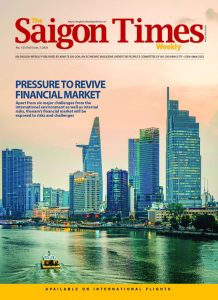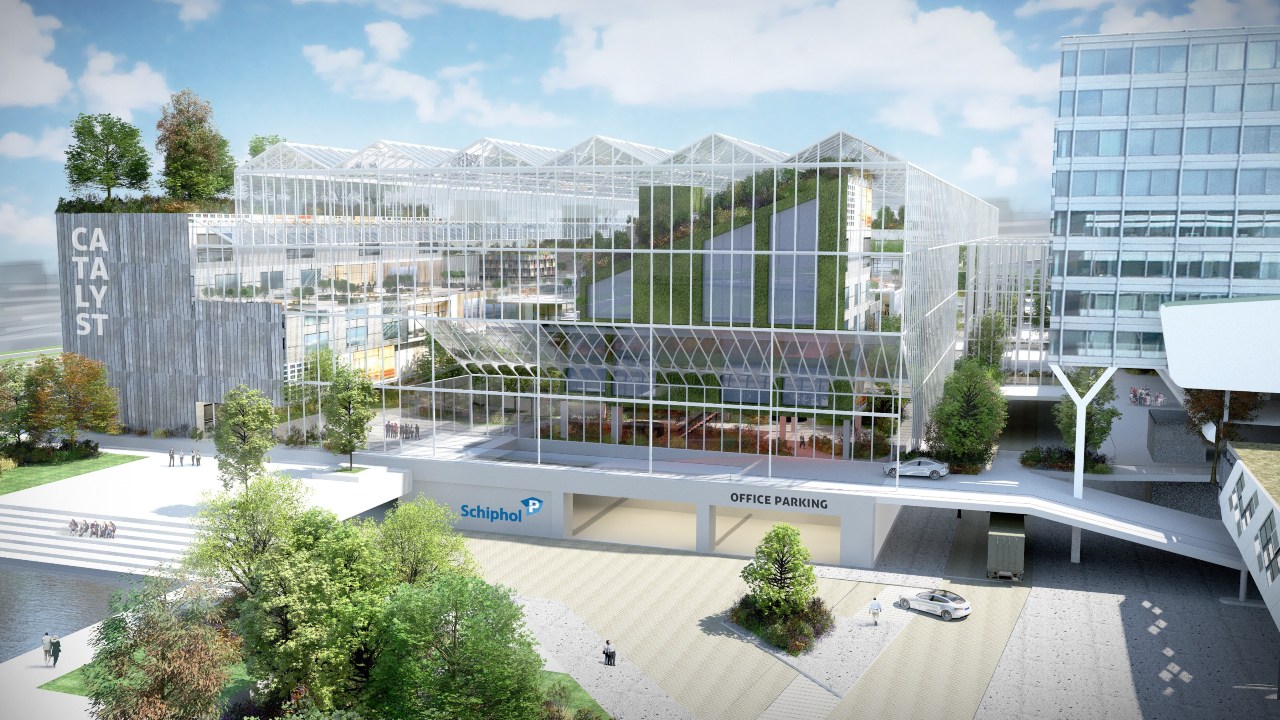As Vietnam’s population continues to urbanize and the demand for new buildings rises, it’s increasingly important to consider the built environment’s environmental, social, and economic impacts.
On a global scale, according to the United Nations, the building and construction sector accounts for 40% of worldwide energy use, 30% of energy-related carbon emissions, and almost 40% of waste. Vietnam’s rapid expansion of cities is already placing significant strains on natural resources, contributing to climate change and challenges to livability. To address these challenges and support the country’s sustainability goals, adopting more sustainable building design and construction practices is essential.
This article discusses passive design, adaptive reuse, and catalytic buildings—three ready-to-implement and innovative approaches that, if widely adopted, will transform Vietnam’s real estate sector and significantly enhance sustainability.
Passive design strategies
A study by the Vietnamese Government found that the country’s current building stock currently consumes approximately 30% of the country’s total energy—the majority used for air conditioning and lighting. One easy-to-implement approach to reduce energy use and carbon emissions, and to help transform Vietnam’s real estate sector towards greater sustainability, is by adopting passive design more widely.
Passive design strategies focus on maximizing the use of natural resources to heat and cool buildings, reducing the need for artificial heating and cooling systems. These are cheap—often not requiring any additional investment to alter orientations, incorporate shading structures and ecosystem services to help to cool buildings.
This approach also includes features such as climate-appropriate insulation and windows that retain heat in winter and block out heat in summer and incorporate green roofs and solar panels to harness natural energy sources.
By adopting passive design strategies, Vietnam can significantly reduce its energy consumption in the building sector, decrease its reliance on fossil fuels, and significantly lower energy bills for occupants.

Adaptive reuse
Another way to support the sustainability of Vietnam’s real estate sector is through adaptive reuse, involving to repurpose of existing buildings for new uses rather than tearing them down and building anew. Adaptive reuse can significantly reduce the demand for raw materials, waste generation, and embodied energy while also preserving a building’s historical and cultural value.
A leading example of adaptive reuse in the heart of HCMC is The Cocoa Project. Completed in 2022, T3 architects retained an original 1950s modernist villas form to maximize the sustainability of the current cafe and cocoa and pastry manufacturing facility. Working within the confines and modifying the existing structure allows for more natural light, whereas internal gardens and courtyards aid in cooling, and soundproofing, enhancing users’ comfort and reducing the building’s energy use. The building, along with its product and community-driven services, helps to celebrate and promote local architecture and agriculture.
There are also other, less prominent examples of adaptive reuse in Vietnam, seen in the tourist and historical areas of HCMC, Hanoi, and Hoi An, where restored buildings are sometimes used as businesses, cafes, restaurants, and storefronts. However, more can be done to encourage its broader adoption, especially when approaching buildings on a larger scale.
One particular challenge is the financial and habitual approaches to construction that often prioritize demolition and new construction over the reuse of existing buildings. To overcome this, it may be necessary to implement regulatory measures limiting maximum build volumes and heights and encourage innovative and long-term business models prioritizing adaptive reuse.
Catalytic buildings
Catalytic buildings are innovative developments that not only boost their own performance but address the full range of sustainability challenges in a given neighborhood, including a host of environmental, social, and economic outcomes in the process.
Only just beginning to emerge in Europe, these buildings are highly advanced and innovative development strategies designed to become an integral part of the surrounding city and could significantly boost the sustainability of Vietnam’s real estate sector.
Catalytic buildings can address various sustainability-related challenges, including water, waste, materials, social programs, economic development, and health. They can be integrated with smart city technology and thrive on the available resources in their immediate surroundings, such as waste streams, and transform them into usable, valuable resources for their surroundings.
For example, catalytic buildings can take low-grade waste heat from a local wastewater system and upgrade and distribute it to provide heating for an entire housing block. Another feature provides biomass waste collection and transform it into electricity, heat, and nutrients for a food garden on the roof or a microbrewery inside a local cafe.
In addition to improving environmental outcomes, these innovative structures provide a range of social and economic benefits that are designed dependent on the availability of services in the neighborhood. This may include daycare centers, social gathering spaces, libraries, or other cultural programs.
By reducing unnecessary transportation movements, energy use, air pollution, and noise impacts, catalytic buildings enhance the vibrancy and diversity of entire areas. As a result, this can improve mobility issues, access to quality food, waste cycles, air quality, upward social mobility, and opportunities for entrepreneurship, education, and bottom-up innovation.
There are no realized examples of yet showcasing a building on such a ‘catalytic’ scale. However, the “Schiphol Catalyst” office concept, at Amsterdam’s Schiphol Airport, shows just how ambitious and impactful they can be. Designed by the team at Except Integrated Sustainability, the modular building allows users to alter and adjust work spaces, provides expansive internal ecosystems, and integrates local supply chains.
Via these features, this structure boosts biodiversity, supports the circular water, food, energy, and waste systems, and has proven to enhance employees’ health and productivity by up to 20%. At 10,000m2, the office space positively contributes to over 50,000m2 of the surrounding community.
In addition to providing benefits well beyond their bounds, one key advantage of catalytic buildings is their adaptiveness, ensuring greater resilience to market and usage patterns and helping them retain their investment value longer. Additionally, they have lower operational costs due to lower resource use and are healthier and socially better connected, helping to increase and retain their value. As the highest-performing buildings currently available, catalytic buildings offer significant public relations and marketing benefits to developers, investors, and tenants across the community.
Challenges to overcome
To fully realize the potential of passive design, adaptive reuse, and catalytic buildings in Vietnam, it will be necessary to overcome several challenges. One fundamental shift needed is to adopt financial and cultural incentives that support adaptive reuse and change the automatic assumption that it’s always best to demolish and build new. This may require regulatory measures and the development of new business models that prioritize diversity and long-term sustainability.
Another critical need is to build the capacity within the construction industry to design and implement passive design, adaptive reuse, and catalytic buildings into development trajectories. This could involve things like training programs and regulations to encourage new design standards and guidelines.
In conclusion, Vietnam’s real estate sector has the potential to play a significant role in supporting the country’s sustainability goals. By adopting passive design, adaptive reuse, and catalytic buildings, Vietnamese cities can create a more sustainable and livable built environment that supports circular and net-zero economies, for the well-being for current and future generations.
To fully realize the potential of these approaches, it will be necessary to overcome financial and cultural barriers and build capacity within the construction industry. By addressing these challenges and investing in sustainable building design and construction practices, Vietnam can start to build upon the foundations and create a more sustainable and prosperous future.
(*) Tom Bosschaert is director of Except Integrated Sustainability









